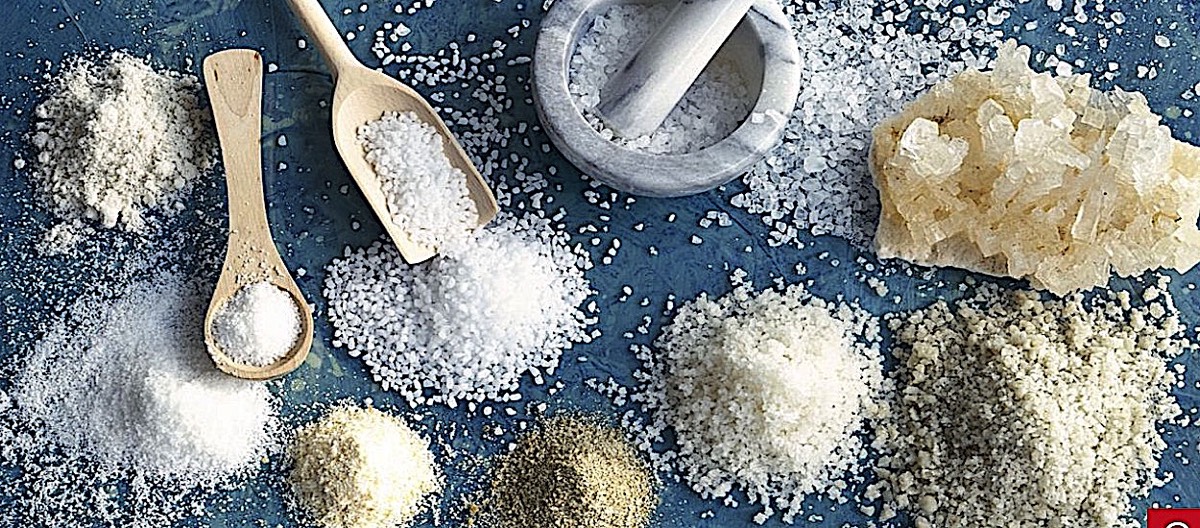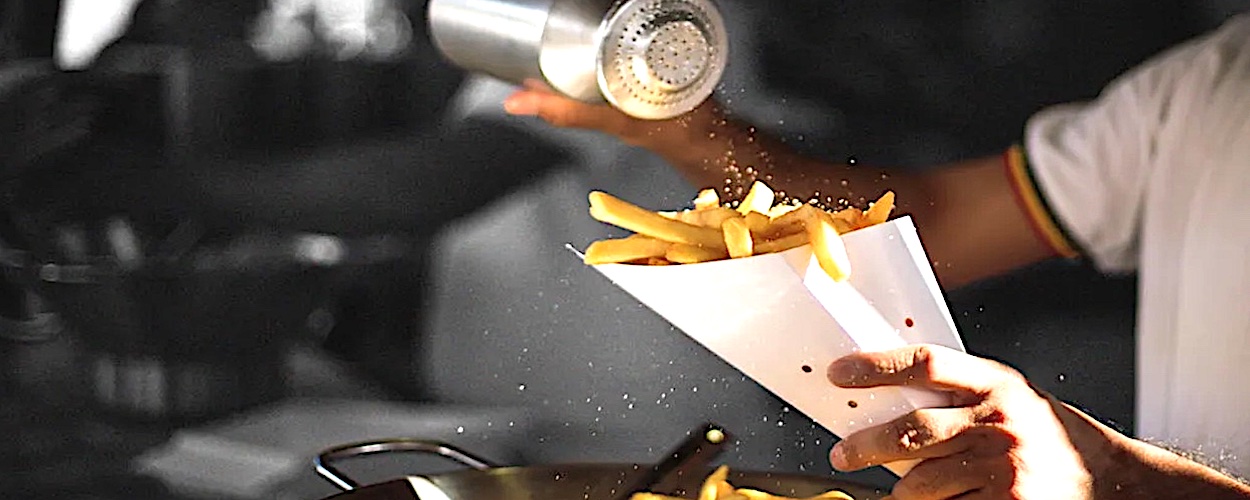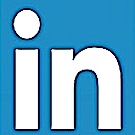

Salt is a white crystalline substance that gives seawater its characteristic taste and is used for seasoning or preserving food.
HealthyLifeHow.com

What is Salt?
Salt is a white crystalline substance that gives seawater its characteristic taste and is used for seasoning or preserving food.
Salt is a seasoning that can flavor food and act as a preservative. It’s about 60% chloride and about 40% sodium. Nearly all unprocessed foods -- think veggies, fruits, nuts, meats, whole grains, and dairy foods -- are low in sodium.
A salt consists of the positive ion (cation) of a base and the negative ion (anion) of an acid. The reaction between an acid and a base is called a neutralization reaction. The term salt is also used to refer specifically to common table salt, or sodium chloride.
Salt is a seasoning that can flavor food and act as a preservative. It’s about 60% chloride and about 40% sodium. Nearly all unprocessed foods -- think veggies, fruits, nuts, meats, whole grains, and dairy foods -- are low in sodium.
A salt consists of the positive ion (cation) of a base and the negative ion (anion) of an acid. The reaction between an acid and a base is called a neutralization reaction. The term salt is also used to refer specifically to common table salt, or sodium chloride.
Is Salt Healthy or Unhealthy
Eating too much or too little Salt can be harmful and unhealthy. As with most other nutrients and foods, eating a balanced diet is key.
HealthyLifeHow.com
Is salt healthy or unhealthy? Salt is essential for your body to function correctly, and it's essential for good health. However, eating too much or too little salt can be harmful and unhealthy. As with most other nutrients and foods, eating a balanced diet is key.

Eating too much salt can contribute to high blood pressure, which is linked to conditions like heart failure and heart attack, kidney problems, fluid retention, stroke and osteoporosis. You might think this should mean you need to cut out salt completely, but salt is actually an important nutrient for the human body.
Salt: the Facts

A diet high in salt (or sodium) can cause raised blood pressure, which can increase your risk of heart disease and stroke.
HealthyLifeHow.com
How much Salt
Adults
should eat no more than 6g of salt a day (2.4g sodium) – that's around 1 teaspoon.
Children
1 to 3 years should eat no more than 2g salt a day (0.8g sodium)
4 to 6 years should eat no more than 3g salt a day (1.2g sodium)
7 to 10 years should eat no more than 5g salt a day (2g sodium)
11 years and over should eat no more than 6g salt a day (2.4g sodium)
Babies
Babies should not eat much salt, because their kidneys are not fully developed to process it.
Babies under 1 year old should have less than 1g of salt a day.
should eat no more than 6g of salt a day (2.4g sodium) – that's around 1 teaspoon.
Children
1 to 3 years should eat no more than 2g salt a day (0.8g sodium)
4 to 6 years should eat no more than 3g salt a day (1.2g sodium)
7 to 10 years should eat no more than 5g salt a day (2g sodium)
11 years and over should eat no more than 6g salt a day (2.4g sodium)
Babies
Babies should not eat much salt, because their kidneys are not fully developed to process it.
Babies under 1 year old should have less than 1g of salt a day.
High-Salt Foods

The following foods are almost always high in salt. To cut down on salt, eat them less often and have smaller amounts:
- anchovies
- bacon
- cheese
- gravy granules
- ham
- olives
- pickles
- prawns
- salami
- salted and dry-roasted nuts
- salt fish
- smoked meat and fish
- soy sauce
- stock cubes
- yeast extract
Foods that can be high in Salt
In the following foods, the salt content can vary widely between different brands or varieties.
- bread products such as crumpets, bagels and ciabatta
- pasta sauces
- crisps
- pizza
- ready meals
- soup
- sandwiches
- sausages
- tomato ketchup, mayonnaise and other sauces
- breakfast cereals
Tips for a Lower Salt Diet
Too much salt can cause raised blood pressure, which increases the risk of heart disease and stroke. The following tips can help you cut down on salt.
HealthyLifeHow.com

You don't have to add salt to your food to eat too much of it – around 75% of the salt we eat is already in everyday foods such as bread, breakfast cereal and ready meals.
Remember, whether you're eating at home, cooking or eating out, don't add salt to your food automatically – taste it first.
Many people add salt out of habit, but it's often unnecessary and your food will taste good without it.
Remember, whether you're eating at home, cooking or eating out, don't add salt to your food automatically – taste it first.
Many people add salt out of habit, but it's often unnecessary and your food will taste good without it.
Shop for Lower Salt Foods
Go for reduced-salt unsmoked back bacon. Cured meats and fish can be high in salt, so try to eat these less often
Buy tinned vegetables without added salt. Do the same with tinned pulses
Watch out for the salt content in ready-made pasta sauces. Tomato-based sauces are often lower in salt than cheesy sauces or those containing olives, bacon or ham.
For healthier snacks, choose fruit or vegetables such as carrot or celery sticks. If you are going to have crisps or crackers, check the label and choose the ones lower in salt.
Go easy on soy sauce, mustard, pickles, mayonnaise and other table sauces, as these can all be high in salt.
Buy tinned vegetables without added salt. Do the same with tinned pulses
Watch out for the salt content in ready-made pasta sauces. Tomato-based sauces are often lower in salt than cheesy sauces or those containing olives, bacon or ham.
For healthier snacks, choose fruit or vegetables such as carrot or celery sticks. If you are going to have crisps or crackers, check the label and choose the ones lower in salt.
Go easy on soy sauce, mustard, pickles, mayonnaise and other table sauces, as these can all be high in salt.
Cook with Less Salt
Check out these Salt Alternatives:
Use black pepper as seasoning instead of salt. Try it on pasta, scrambled egg, pizza, fish and soup.
Add fresh herbs and spices to pasta dishes, vegetables and meat. Try garlic, ginger, chilli and lime in stir fries.
Make your own stock and gravy instead of using cubes or granules, or look out for reduced-salt products.
Try baking or roasting vegetables such as red peppers, tomatoes, courgettes, fennel, parsnips and squash to bring out their flavor.
Make sauces using ripe tomatoes and garlic.
Use black pepper as seasoning instead of salt. Try it on pasta, scrambled egg, pizza, fish and soup.
Add fresh herbs and spices to pasta dishes, vegetables and meat. Try garlic, ginger, chilli and lime in stir fries.
Make your own stock and gravy instead of using cubes or granules, or look out for reduced-salt products.
Try baking or roasting vegetables such as red peppers, tomatoes, courgettes, fennel, parsnips and squash to bring out their flavor.
Make sauces using ripe tomatoes and garlic.
" Four Whites "

We have to be cautious with eating too much of the “Four Whites”
White Sugar, White Salt, White Flour and White Rice.
They have almost no Nutritional Value and can cause Havoc to our Healt
White Sugar, White Salt, White Flour and White Rice.
They have almost no Nutritional Value and can cause Havoc to our Healt
Avoid these Foods

AVOID these Foods:
💥Four Whites, 💥Processed, 💥added Sugar, 💥added Salt, 💥Labeled Diet, 💥Labeled Low Fat.
HealthyLifeHow.com
Information about Nutrition

Nutrition is about eating a healthy and balanced diet. Food and drink provide the energy and nutrients you need to be healthy.
HealthyLifeHow.com
Contact Us & follow us for Vitality & Healthy Life Information


The goal is to ensures short and long term vitality & health and to get a physical body that is strong, flexible and fit through each stage of our lifes.
HealthyLifeHow.com




